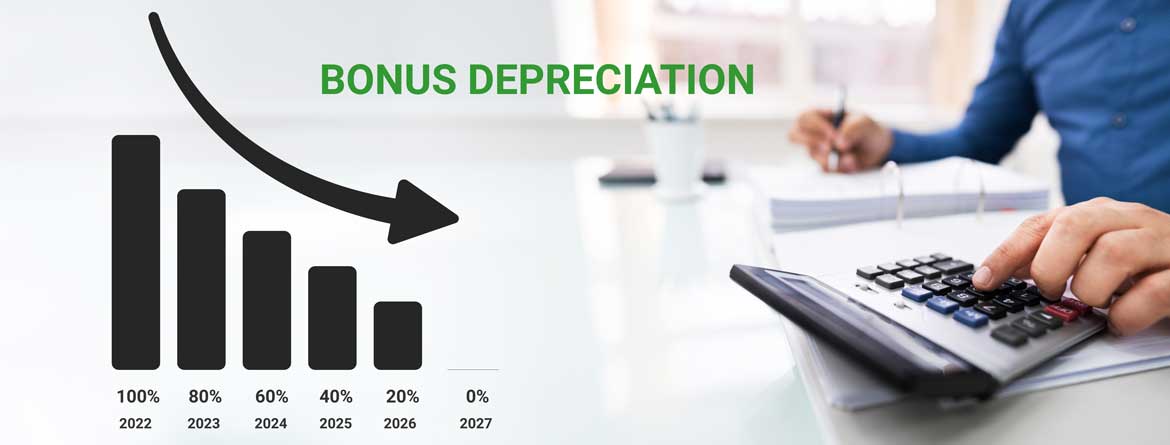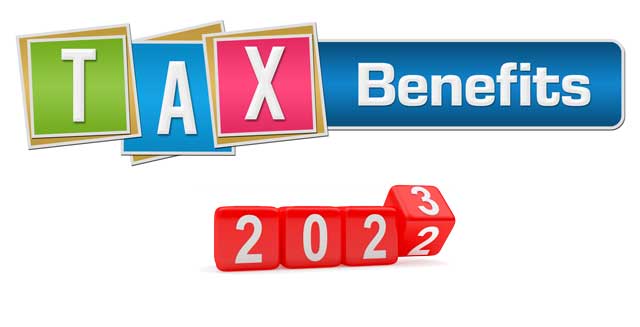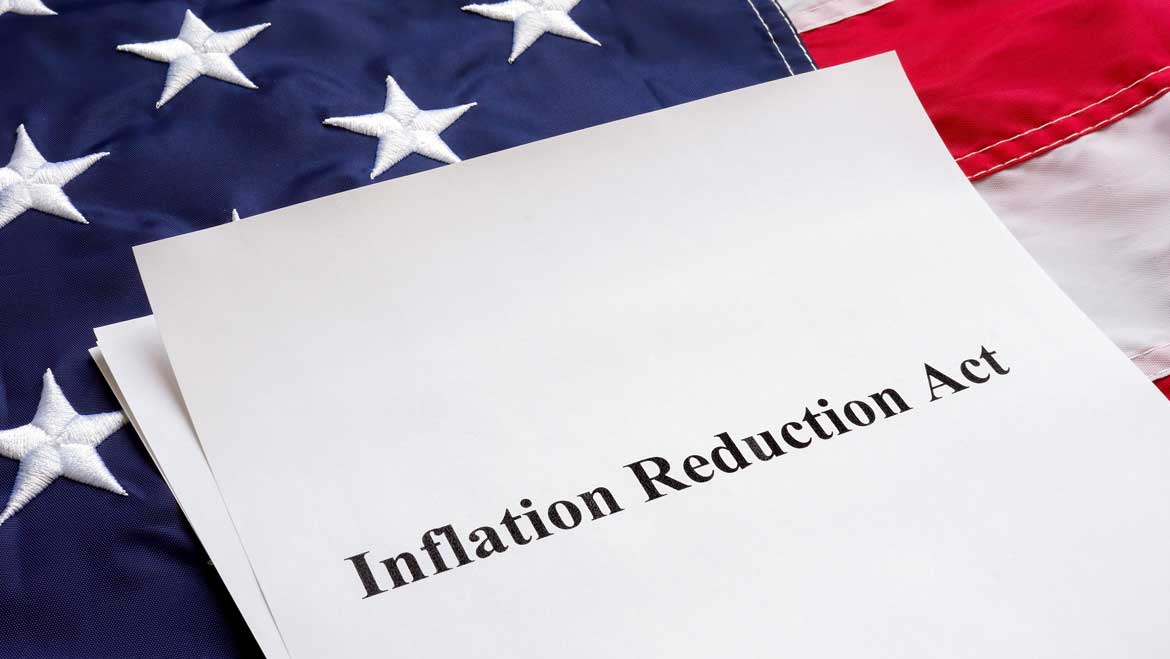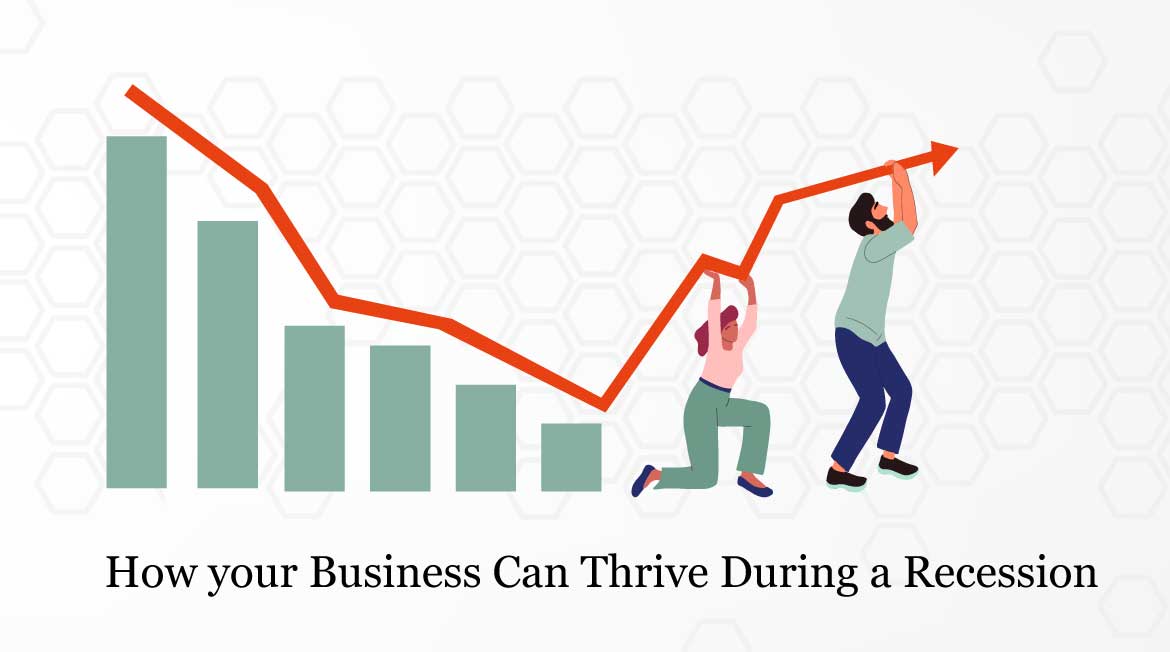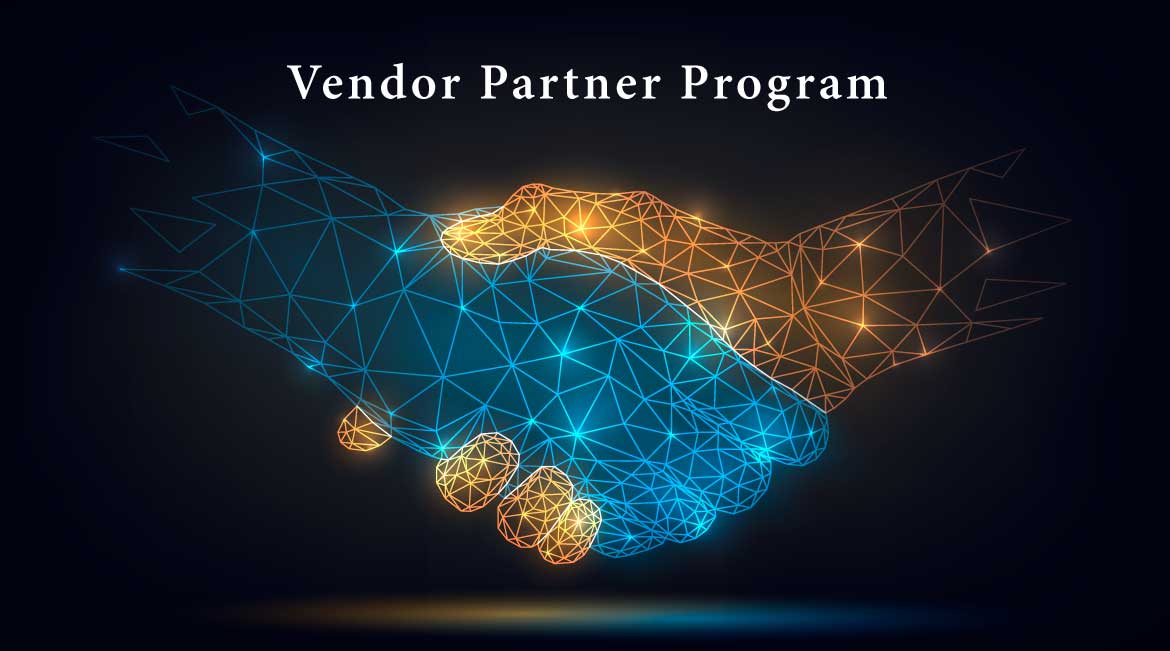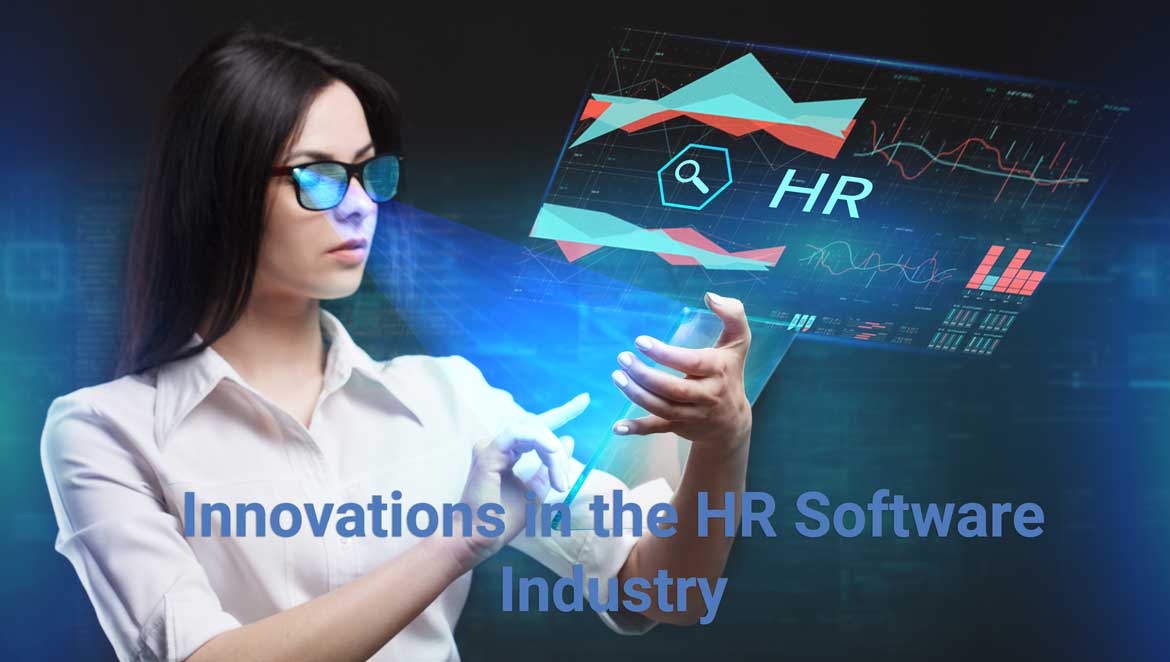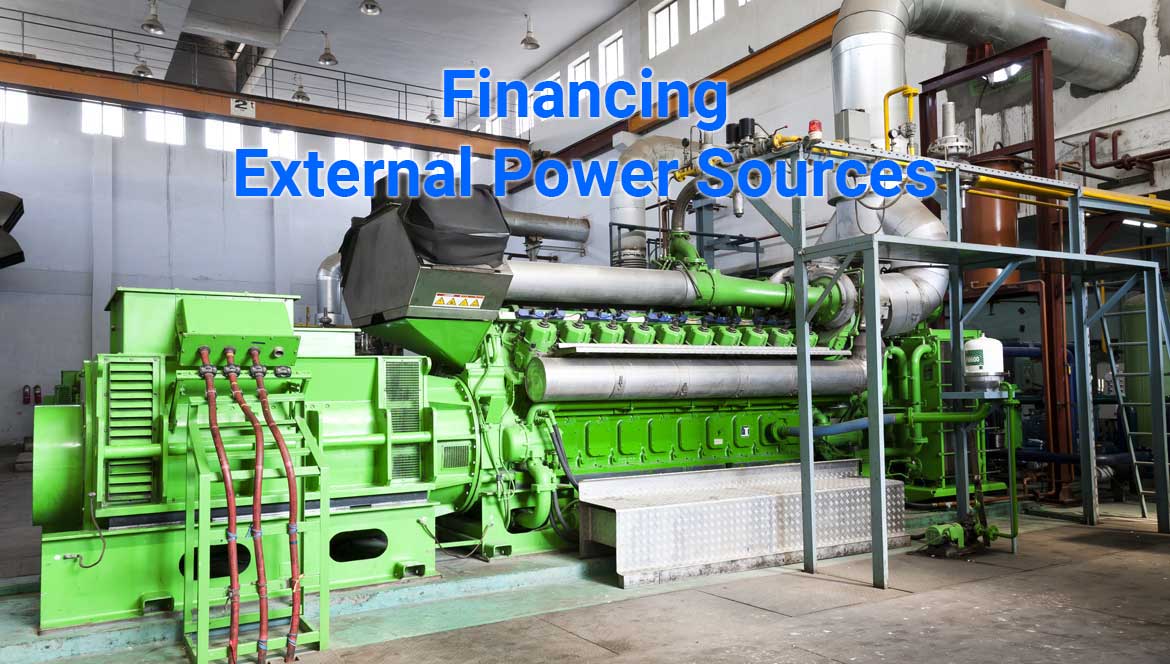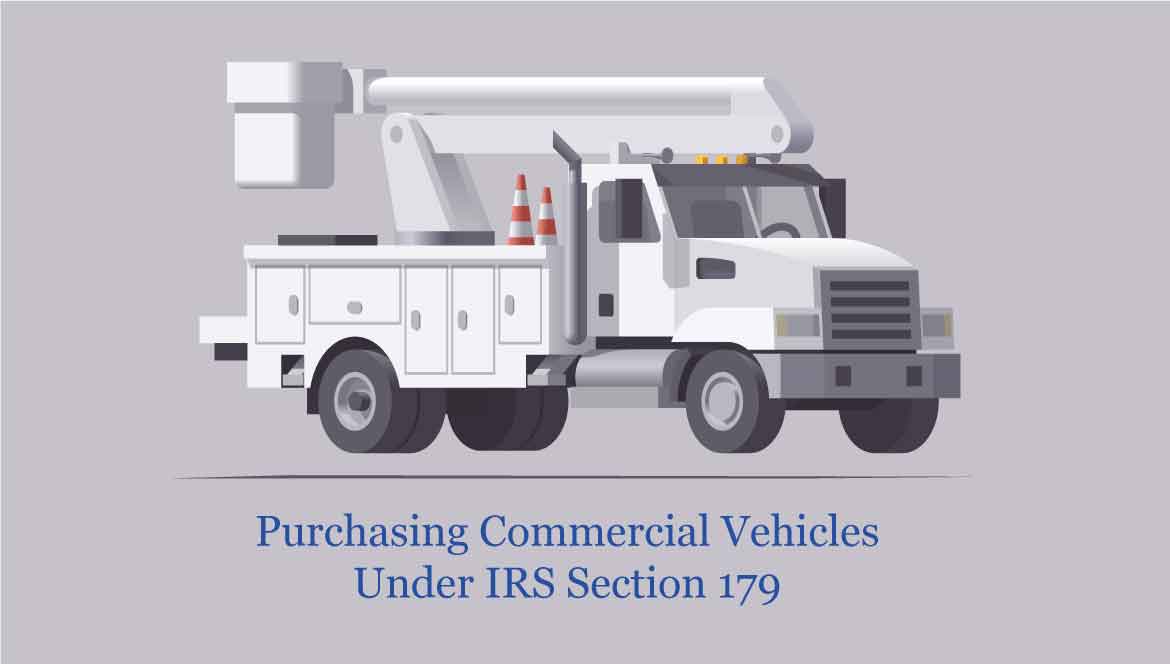HR software can basically be divided into core functionality and service-based programs. Core functionality includes recruitment, maintenance, talent management, workforce planning, analytics, etc. An emphasis on service would include training and consulting, support and maintenance, implantation, integration, etc.
It’s important to understand this distinction as we dive into the 4 ways the HR software industry is progressing in 2021:
1. Hiring Optimization
Most people assume that the HR department only deals with managing employee concerns and making sure compliance is regulated. A lot of the specialized software being developed is optimized for these processes alone. However, a hugely important aspect of HR management is hiring new talent.
As most applications for jobs are submitted online either through email or the company website, ATS software has become essential. The incredible expansion companies are doing and the number of new businesses opening will make this importance even more absolute.
ATS software helps categorize applicants according to their information. The software currently available does the job well, but there are definitely improvements that can be made on all fronts.
For one thing, more sophisticated search algorithms should be developed to ensure that no good applicant is filtered out for no reason. Another aspect that companies are interested in improving is the management of filtered applicants with a ranking system or more streamlined categories. This will make the manager’s jobs much easier.
The competition for this particular aspect of HR software is still relatively low so specializing here and making intuitive upgrades could prove to be a game-changer over the course of the next few years.
2. Artificial Intelligence
No list on the future of any industry would be complete without mentioning Artificial Intelligence in some capacity. Some fear it, some revere it, but everyone agrees that AI will undoubtedly help push humankind into the future. And this includes the HR department of course.
The potential of AI assisting in the various aspects of Human Resource management is very promising, especially in the recruitment process. This ties into our previous point of specialized software integrated with AI helping managers make better hiring decisions. The machine could analyze applicants and check their qualifications and past experiences to give a ranking order for example.
Another big advantage of AI that experts stand by is its ability to streamline redundant, time-intensive tasks. These tasks might involve surveys or questionnaires and having to pour over hundreds of them might not be possible for several people let alone one.
Advanced AI systems could, in theory, analyze the documents efficiently and discard the empty ones. Or maybe it could search for certain keywords like “unsatisfactory” or “disappointed” to pinpoint the most pressing problems.
Obviously, the technology isn’t good enough at this point in time to make 100% foolproof decisions. We’re still several years away from that being a reality. But the advancements taking place are certainly promising and implementing AI will for sure be a huge advantage if not a necessity in the future.
3. Specialized Training
One advancement that isn’t necessarily software-based is the specialized training that is required to run these advanced systems. This is a neglected aspect of the industry at this point.
If you compare the HR software industry to something like the manufacturing industry, a big difference is the fact that many of the companies making the machines have specialized training programs for their customers to take full advantage of their products.
As HR software continues to advance, the need for specialized training will rise with it. This could range anywhere from simple video tutorials to full weekend-long workshops to teach managers and their teams how to utilize the software to its full potential.
This will slowly become an industry standard and not including it along with your bundled software would be a big disadvantage. Many companies have started working on their training curriculum and their competitors in the niche should look into taking the next step themselves.
4. Confidentiality
Data confidentiality is incredibly important. As more and more data privacy laws are enacted, the calls for companies to respect their employee’s information are loud and will continue to grow louder.
The HR department is unique in the sense that it has tabs on every worker in the company. This simply comes with the territory and having to keep track of this information is a part of the department’s job. Sensitive information like their health problems, contact details, addresses, social security numbers, etc. are all regulated within HR software.
The responsibility of the people making the software has therefore increased too. Better encryption, more secure servers, more transparent terms are going to become industry standards very quickly. Other features that many companies have begun offering include secure file storage solutions, CSRF protection, automatic data backups, cryptographic password protection, and much more.
These features give the HR managers confidence in your service and make it easy for them to guarantee that their employee’s data, and welfare, is in good hands.


